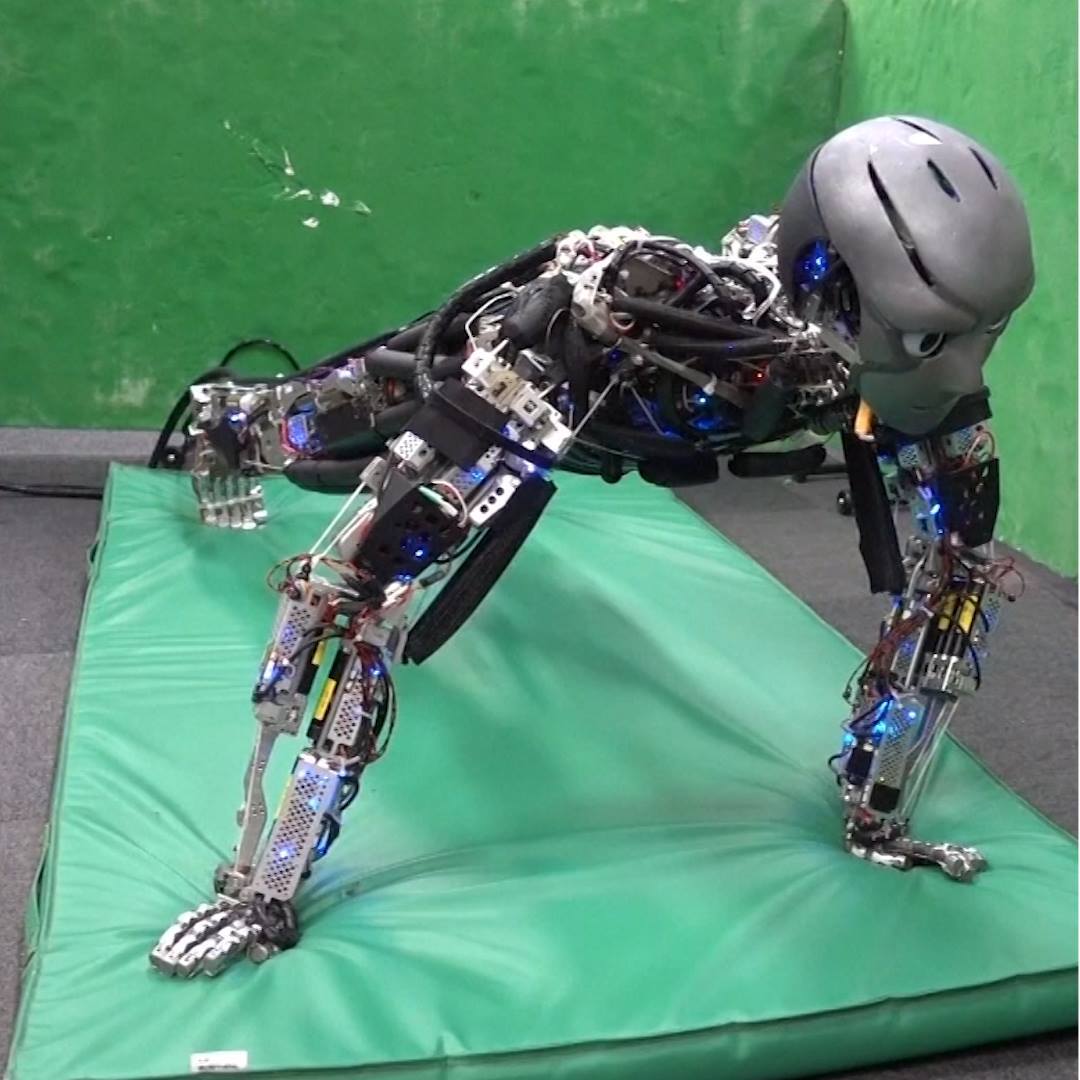You’re never too old to live young so long as you put forth effort.
This 63-year-old is showing up people half his age.
Credit: Gerry Mansolill
You’re never too old to live young so long as you put forth effort.
This 63-year-old is showing up people half his age.
Credit: Gerry Mansolill

Check out Synthego’s blog post to explore the possibility of CRISPR aided anti-aging solutions. #aging #genomics #GenomeEngineering https://buff.ly/2Ohmj2F



This article was originally published at The Conversation. The publication contributed the article to Space.com’s Expert Voices: Op-Ed & Insights.
Space X and Tesla founder Elon Musk has a vision for colonising Mars, based on a big rocket, nuclear explosions and an infrastructure to transport millions of people there. This was seen as highly ambitious but technically challenging in several ways. Planetary protection rules and the difficulties of terraforming (making the planet hospitable by, for example, warming it up) and dealing with the harsh radiation were quoted as severe obstacles.
Undeterred, Musk took a first step towards his aim in February this year with the launch of a Tesla roadster car into an orbit travelling beyond Mars on the first Falcon Heavy rocket. This dramatically illustrated the increasing launch capability for future missions made available by partnerships between commercial and government agencies.

There is. Our engagement with AI will transform us. Technology always does, even while we are busy using it to reinvent our world. The introduction of the machine gun by Richard Gatling during America’s Civil War, and its massive role in World War I, obliterated our ideas of military gallantry and chivalry and emblazoned in our minds Wilfred Owen’s imagery of young men who “die as Cattle.” The computer revolution beginning after World War II ushered in a way of understanding and talking about the mind in terms of hardware, wiring and rewiring that still dominates neurology. How will AI change us? How has it changed us already? For example, what does reliance on navigational aids like Waze do to our sense of adventure? What happens to our ability to make everyday practical judgments when so many of these judgments—in areas as diverse as credit worthiness, human resources, sentencing, police force allocation—are outsourced to algorithms? If our ability to make good moral judgments depends on actually making them—on developing, through practice and habit, what Aristotle called “practical wisdom”—what happens when we lose the habit? What becomes of our capacity for patience when more and more of our trivial interests and requests are predicted and immediately met by artificially intelligent assistants like Siri and Alexa? Does a child who interacts imperiously with these assistants take that habit of imperious interaction to other aspects of her life? It’s hard to know how exactly AI will alter us. Our concerns about the fairness and safety of the technology are more concrete and easier to grasp. But the abstract, philosophical question of how AI will impact what it means to be human is more fundamental and cannot be overlooked. The engineers are right to worry. But the stakes are higher than they think.



What a dumb planet.
Not all who wander are lost, but that might be the case for a newly discovered rogue planet. Scientists have found evidence of a giant planetary mass outside our solar system that appears to be traveling without any sort of set orbit or parent star.
This bumbling fool of a planet was first discovered by astronomers using the National Science Foundation’s Karl G. Jansky Very Large Array (VLA). From the radio astronomy observatory, scientists were able to pick up its magnetic activity and study it, the findings of which were made public on Thursday. It’s the first time the observatory’s radio-telescope detection was able to pick up a planetary-mass object beyond our solar system.
While the discovery is a first for the observatory, the object, known as SIMP J01365663+0933473, was probably hard to miss given that it’s a “surprisingly strong magnetic powerhouse” roughly a dozen times larger than Jupiter. The planetary mass earned the “rogue” moniker for being untethered to any orbit or parent star or galactic authority. But just because it’s a celestial anarchist remaining outside a solar system of conformists doesn’t mean it can’t offer scientists important new insight on its magnetic properties.
